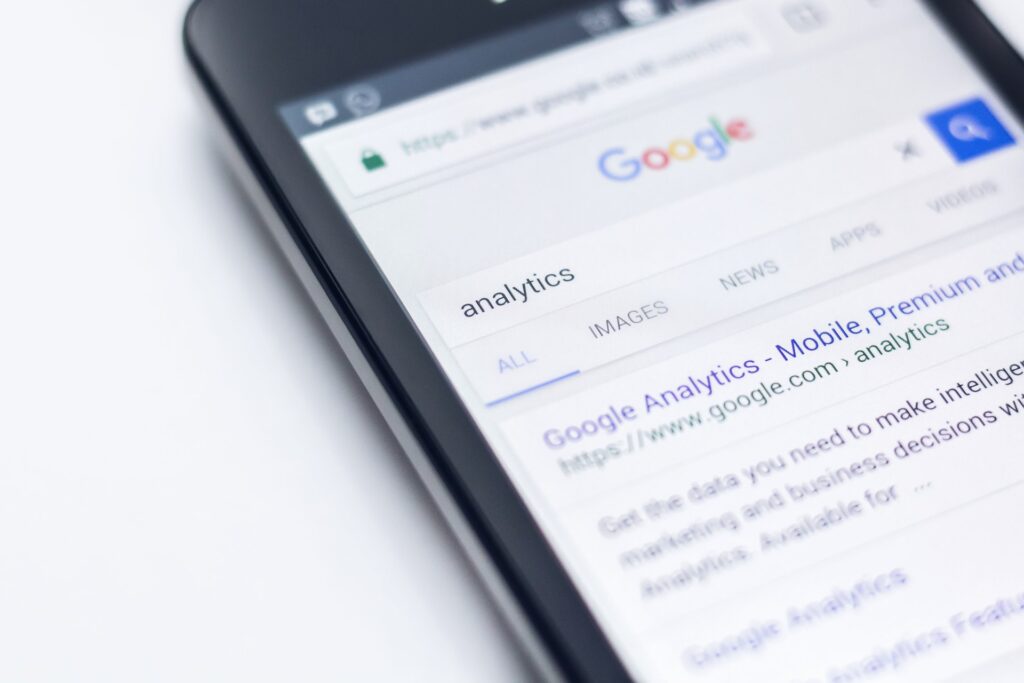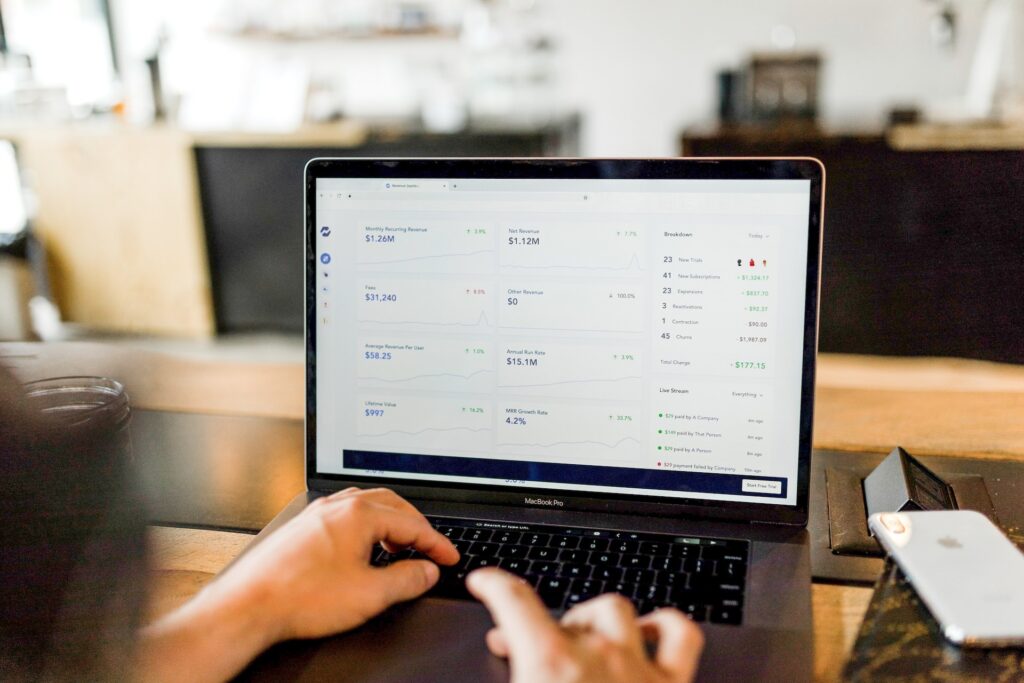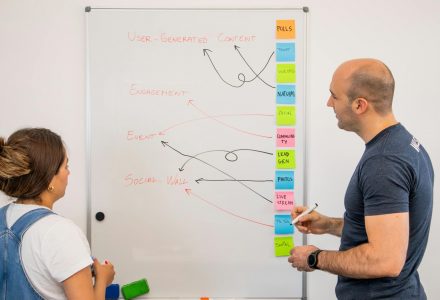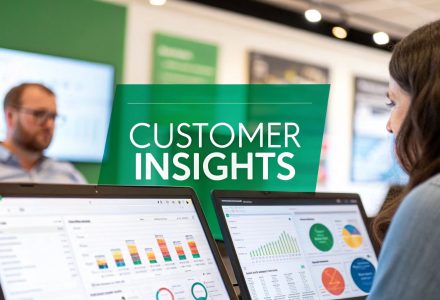Because Google Ads costs you money each time someone clicks on your advertisement, you need to ensure that each ad you display is on-message, on-brand, and in front of the appropriate demographics.
Periodic audits not only prevent you from spending money on out-of-date or ineffective advertisements but also allow you to improve your current campaigns from good to exceptional and get a step closer to achieving your business goals. You should do a PPC audit every six months or after making significant changes to your strategies to ensure your advertising budget is well-spent and you get the most value out of every dollar you invest.
Let’s look at the 10 best strategies for optimizing Google PPC campaigns and maximizing your return on investment.
Why You Need PPC Campaign Optimization
The builds, campaign settings, and tests that supported ideal PPC advertising campaign performance last month or even last week are hurting your campaign goals right now, considering how quickly the digital marketing landscape evolves.
For instance, one of your early keywords might have done exceptionally well in the first month, but when you examine the statistics on the Google Ads platform (formerly known as Google AdWords) from the second month, you notice that it is now increasing your cost-per-conversion. You can then choose to pause that term as part of your optimization strategy so that your account may concentrate more on other keywords with lower CPAs.
To increase its reach, PPC optimization examines a current campaign structure and adjusts the parameters, landing pages, ad group structure, and relevant keywords. It also focuses on increasing clicks, lowering the cost per click, increasing click-through rate, and boosting return on investment while containing campaign profitability.
How to Maximize Google Ads ROI
The world’s largest advertising platform makes it relatively simple to get started with Google Ads PPC, but there’s no denying that it’s becoming increasingly competitive. So, if you want to see some real results, you need to implement the best strategies.
1. Optimize the Post-Click Landing Page
The actual ROI lies in your dedicated post-click landing page. Good CTRs are great, but only if consumers convert is your money well-spent.
In Google Ads PPC, if you spend $1 per click and one out of every 100 visitors converts, that works out to $100 per conversion. By creating relevant post-click landing pages, you can reduce the cost per conversion to $20, for instance, by converting five out of every 100 post-click landing page visitors.
Running landing page A/B tests can help you optimize your average conversion rates. You can run tests on your call to action button, the speed at which your page loads, and the substance of the ad copy in reference to the page. To further support your decisions, use Google Analytics landing page report data.
2. Use Single Keyword Ad Groups
The likelihood of receiving bad CTRs, worse Quality Scores, and low conversion rates while using several keywords in one keyword ad group is high. That’s because the ad text won’t be relevant to all your keywords.
On the other hand, you may make the ad text incredibly relevant if each and every one of your keyword ad groups has a few keywords closely related to your ad text. By doing this, your CTR will likely rise dramatically, and your Google Ads QS and conversion rate will increase while lowering your average cost per click.
3. Choose the Right Campaign Type
To optimize the ad spend, you need to choose the right campaign type on Google Ads. You should decide based on your marketing objectives, brand strategy, and available time frame. Here are the most popular Google ad types to consider:
- Display ads are image ads that appear on websites that are part of the Google Display Network.
- Search ads are shown alongside search results on a Google SERP page.
- YouTube ads are six to fifteen-second-long video commercials.
- Shopping ads run on the Google shopping tab and search results.
- Universal app campaigns optimize ads across sites using data from your app.
4. Enhance Your Google Ads Quality Score
There is a Google Ads Quality Score that uses a scale from 1 to 10. Your cost per click decreases as your score rises, affecting your overall ROI. Google bases the Quality Score of your keywords on three variables:
- The relevance of the ad
- CTR
- Customer Experience with the Landing Page
To find out how each keyword performed for each variable, you may run a report under Google Ads. You should aim for your score to be at least 7, but if you’ve thoroughly optimized your landing pages and account, the Quality Score for most of your keywords should be 10 out of 10.
5. Regularly Revamp the Keywords List
Keywords are just as important for PPC campaigns as they are for organic search. Since you pay a set amount for each term, evaluate its performance, then get rid of any that aren’t doing well.
You can switch your campaign budget for the poor keywords to new ones or raise it for the ones performing better. Try out some location-specific keywords to receive traffic from the local target audience.
Remember to include negative keywords. Having a negative keyword list and applying it to all relevant campaigns will ensure that you only appear in search results for phrases that could bring in the right visitors.
6. Ensure Your Site Is 100% Secure and Easily Accessible
An accessible site means it’s easy for users to browse and read. Most accessibility elements are related to design, such as choosing the proper typefaces, shortening lengthy paragraphs, and occasionally using various content forms like photos and videos.
Make sure to review the general guidelines for outstanding website accessibility and while doing so, make sure to pay attention to website security. Always opt for HTTPS — search engines penalize sites that aren’t 100% secure, which could harm the effectiveness of your PPC campaign and your bottom line.
7. Develop a Remarketing Strategy
Remarketing strategies monitor site visitors and display pertinent adverts on other channels and websites.
If a lead needs an extended time period to be ready to buy or you need help to get their contact information, this is an amazing way to convert them into profitable customers. Dynamic remarketing ads can be a powerful tool for your remarketing strategy. They are specifically tailored for each user based on their prior visits.
8. Optimize Your Copy
Copywriting is a vital component of any Google ad. You only have a little space to showcase images because these advertisements are displayed as search engine results. Therefore, your copy takes center stage.
Hiring copywriters who have experience working on similar campaigns is among the top strategies to get a positive ROI and good monetary return if this is your PPC ad. For instance, if your business is a B2C, you need to seek the assistance of skilled B2C professionals who know how to sell your service or product to your target audience.
9. Leverage FOMO
FOMO means Fear of Missing Out, and it can be a great marketing strategy for enhancing Google Ads PPC ROI.
You can leverage scarcity to entice consumers with your PPC ads on Google. You can effectively induce potential customers into FOMO by using terms like “final sale ending in 10 hours,” “free gift only this week,” or “only X units left” in your ad copy.
10. Shift to Manual Bidding Strategy
Setting up automatic bidding is a standard error made by B2B advertisers when utilizing PPC advertisements for the first time. But the wrong bidding option can result in a costly snare. Automated bidding often targets an excessively wide demographic, which may result in excessive click advertising spending and ultimately harm your PPC ROI.
Shift to manual bidding to avoid that. This more flexible method of bidding can immediately improve Google Ads PPC performance and boost conversion rates.
The Bottom Line
If you want to reach your advertising goals, it’s essential to always keep in mind that PPC optimization is a continuous effort rather than a one-time job. You should constantly stay alert and closely monitor ad performance for optimum PPC effectiveness and results.
Taking the time to study and evaluate your audience’s behavior can help you be better equipped to improve the success of your advertisements, optimize your spending, and increase the overall return on investment.








